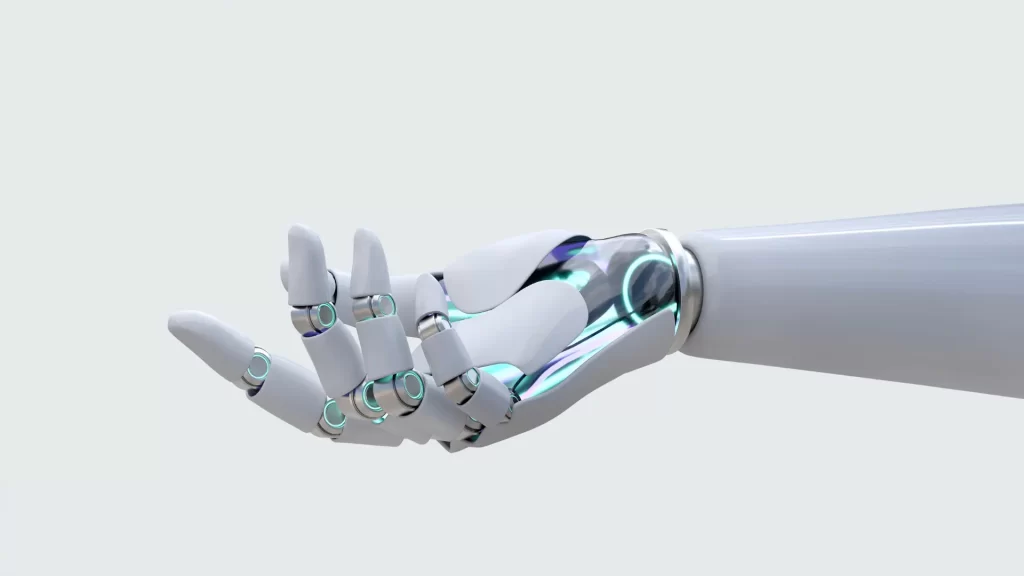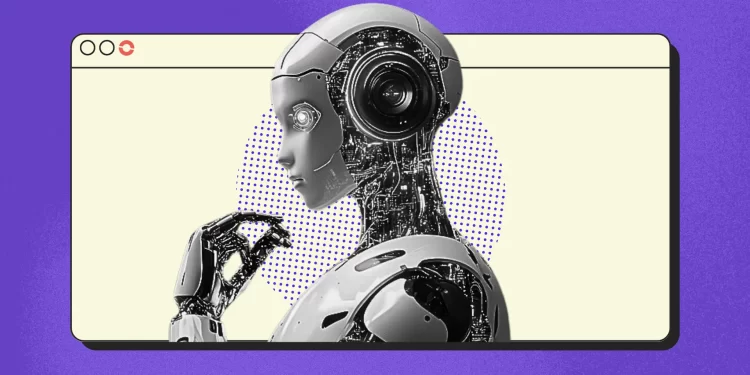For decades, the browser was a window. You typed, you clicked, you scrolled. It was a tool, neutral, static, obedient. But in 2025, the browser is waking up. And it’s thinking with you.
Welcome to the age of AI-powered browsers, a quiet revolution in how we search, navigate, and interact with the internet.
From neutral interface to intelligent collaborator
Perplexity’s Comet isn’t just another Chrome clone. It’s a browser that answers, summarizes, suggests, and even acts. Search becomes synthesis. Tabs become conversations. The browser sees what you’re doing, and starts doing it with you.
This isn’t a lone experiment. The Browser Company’s Arc launched Dia, a browser built to think alongside its users. Opera has embedded AI tools across its native interface. Even Google and Apple are layering intelligence into Chrome and Safari. The future isn’t about having a browser. It’s about having a co-pilot.

Search is no longer a destination. It’s an environment.
Traditional search boxes are giving way to ambient intelligence. AI browsers don’t wait for prompts. They offer ideas, highlight context, answer unasked questions. Your web history becomes a memory. Your tabs become a moodboard. Comet’s sidecar assistant, for instance, doesn’t just observe your behavior, it augments it, narrates it, sometimes even attempts to complete it.
The browser is no longer just a frame. It’s a feedback loop.
From tools to trust, and the cost of control
But there’s a tradeoff. In order to help, these agents need access. Your inbox. Your calendar. Your screen. AI browsers, like Comet, often ask for full visibility. And while the promise is productivity, the price is permission.
This is not just a UI shift. It’s a new data contract, one where agency and surveillance blur. Who sees your tabs? Who remembers your queries? Who completes the thought you didn’t type yet?

Interfaces are alive. And they’re watching.
The deeper shift is philosophical. The web was once a mirror, we looked in and searched for meaning. Now, it’s becoming a lens, refracted through AI suggestions, interpretations, actions. What we see is no longer just what we choose. It’s what the agent thinks we need.
That’s power. And like any power, it asks new questions about authorship, intention, and autonomy.
What this means for creators, brands, and media
In this new internet layer, content that isn’t dynamic may be invisible. Creators will need to design for AI interpretation, not just human viewers. Brands will need to optimize for intelligent assistants, not just algorithms. And media companies will need to rethink how stories live inside environments that can summarize, remix, or even replace them.
The interface isn’t passive anymore. It’s participatory. And soon, it might be predictive.















